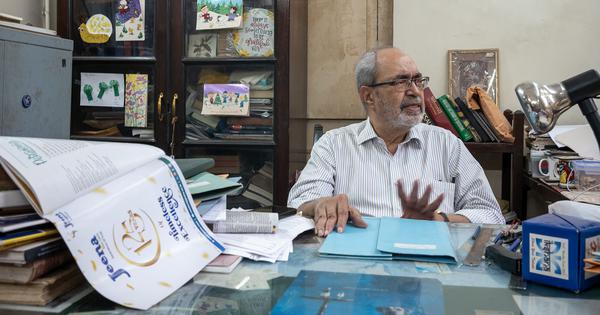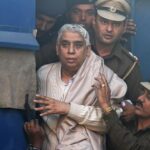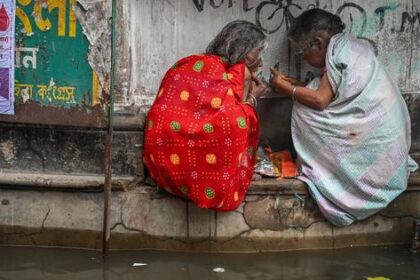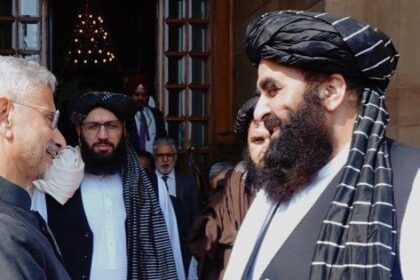The legacy of Parsiana highlights the Parsi community’s dynamic history and its broader societal implications.
The final edition of Parsiana has been published, marking the end of a notable chapter in the history of journalism focused on the Parsi community and Zoroastrians around the globe. Established in 1964, this semi-weekly magazine served as a crucial platform for the community’s narratives, capturing its achievements, debates, and challenges as the diaspora, which numbers around one lakh, spread from Mumbai to Manhattan and beyond.
Parsiana not only catered to the Parsi community but also addressed broader issues that resonated within national discussions. The magazine often tackled topics that mirrored the societal landscape of India, including democracy, fundamental rights, and social welfare. By not shying away from controversies, Parsiana maintained a focus on the larger implications of these debates, fostering a tradition of public-mindedness in Parsi journalism that can be traced back to the late 19th and early 20th centuries in Bombay.
This legacy was significantly shaped by its long-time editor, Jehangir Patel, whose personal journey reflected the broader social and political transformations in India since independence. Born in Kashmir in August 1945, Patel hailed from a family with a rich history of migration. His maternal great-grandfather was recognized as a pivotal figure in Aden’s modern development, while his father sought opportunities in the leather trade in Srinagar. The family’s journey took them through various locations, including Karachi and Manila, before they finally settled in Bombay.
In 1964, Patel left India to pursue higher education at Yale University, arriving in the United States just prior to the Hart-Celler Act, which significantly altered immigration patterns. Initially enrolled in engineering—one of the few fields supported by the Reserve Bank of India for foreign studies—Patel’s true passion lay in the humanities. With the help of college administrators, he switched to political science, marking the beginning of his engagement with journalism.
During his time at Yale, Patel worked at the 1964-’65 World’s Fair in New York, gaining practical experience that eventually led him to his first journalism job at the San Francisco Examiner. He later joined the Hartford Times in Connecticut, covering labor issues. After returning to Bombay in the early 1970s, Patel became involved with Freedom First, a magazine that opposed the policies of Indira Gandhi’s government. It was during this period that he encountered Parsiana, which was then under the direction of a relative, Pestonji Warden.
Taking over Parsiana from Warden, Patel infused the magazine with a new perspective, starting with a cover story that examined rising divorce rates among Parsis. He recognized the importance of confronting controversial issues, asserting that ignoring them would be a failure of journalistic duty. His time at Opinion, a journal known for its critical stance against political leaders, further solidified his commitment to challenging censorship and advocating for free expression. Patel’s editorial journey was marked by moments of significant risk, particularly during the Emergency in 1975, when he took measures to ensure the continued publication of Opinion despite government pressure.
As Parsiana closes its doors, it leaves behind a legacy that highlights the complex history and ongoing challenges of the Parsi community while reflecting the broader societal issues that continue to resonate in India today.








